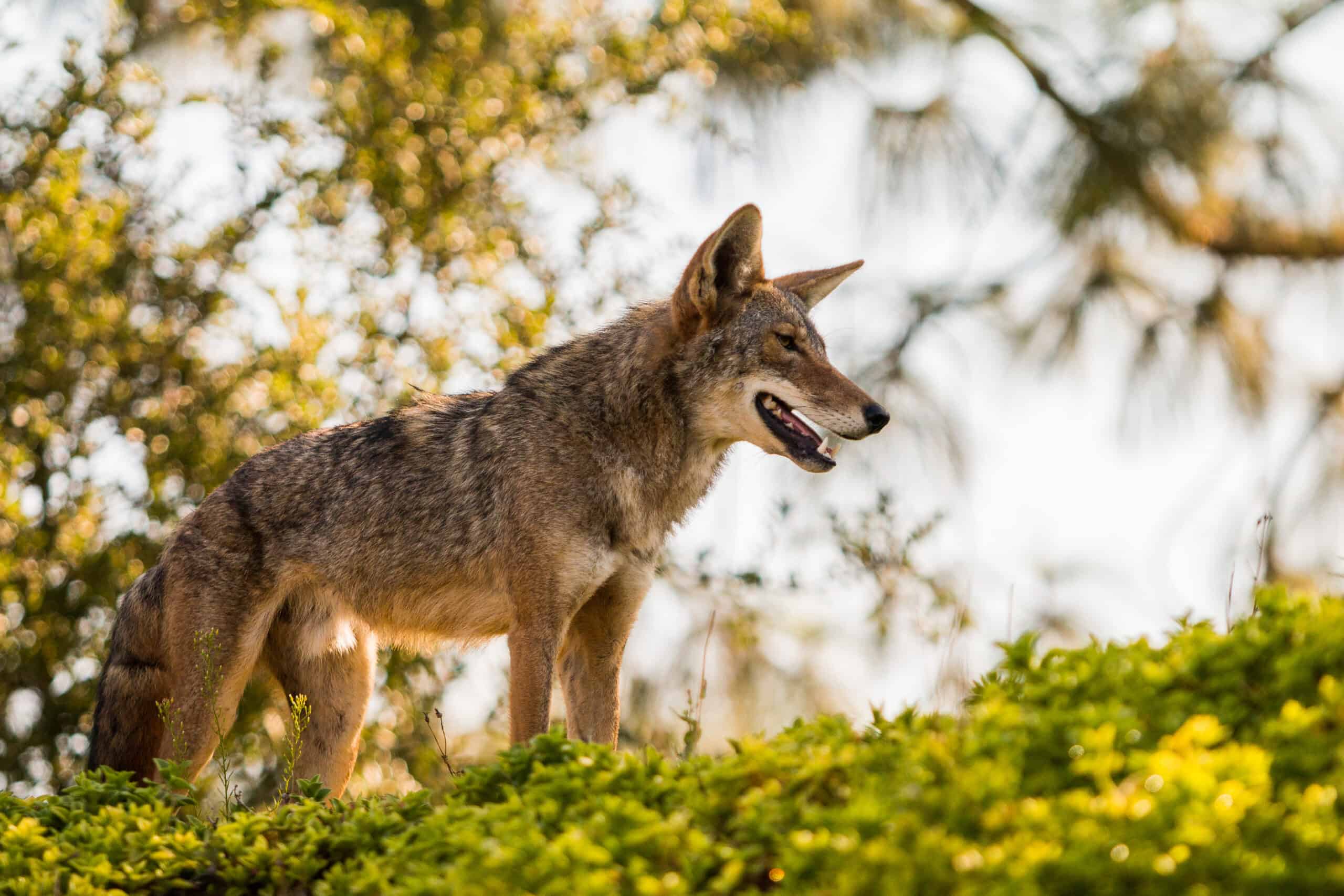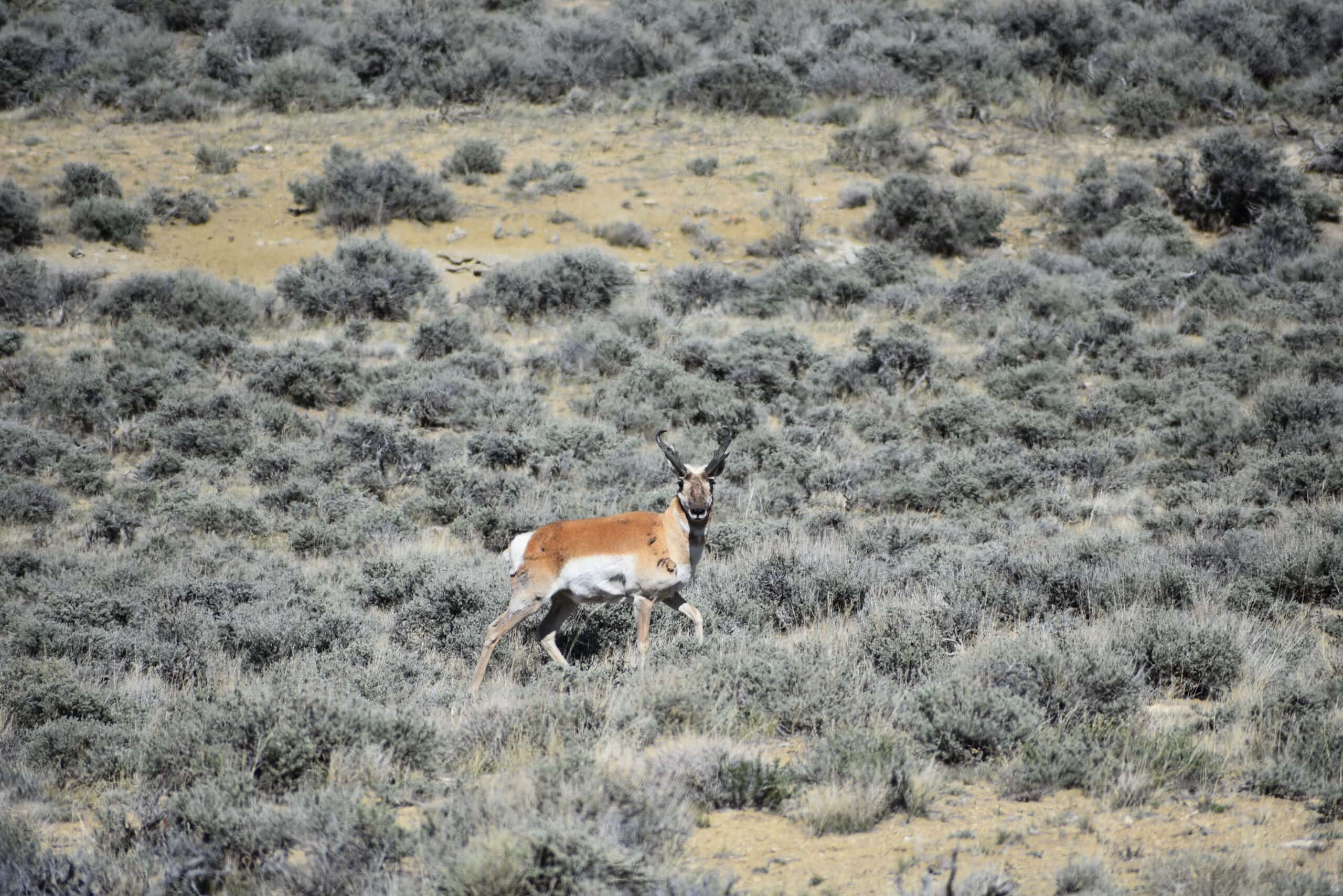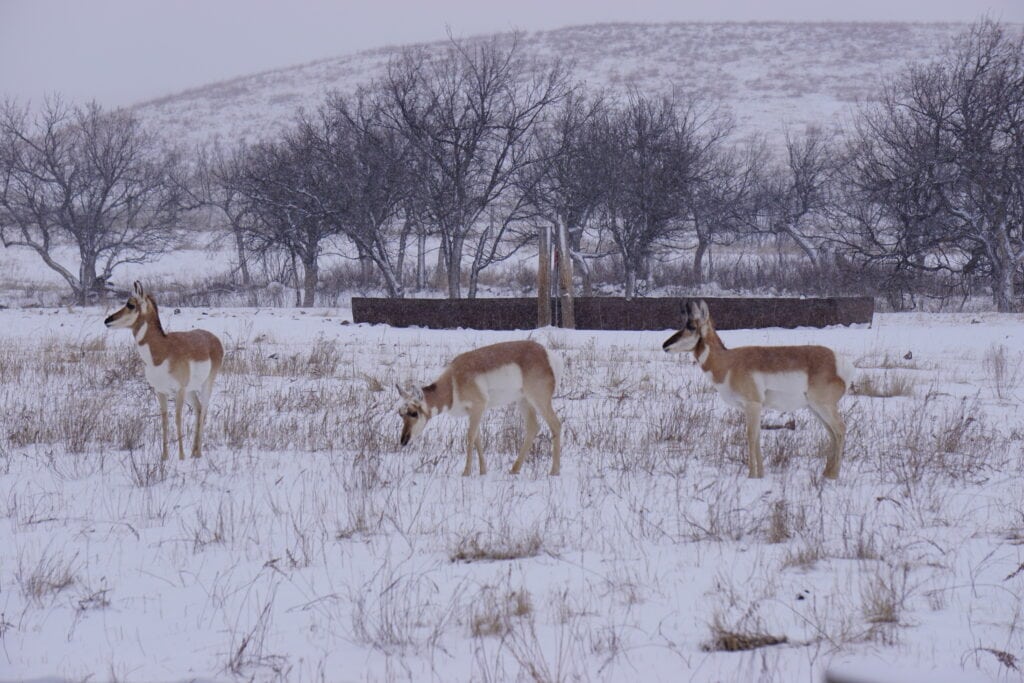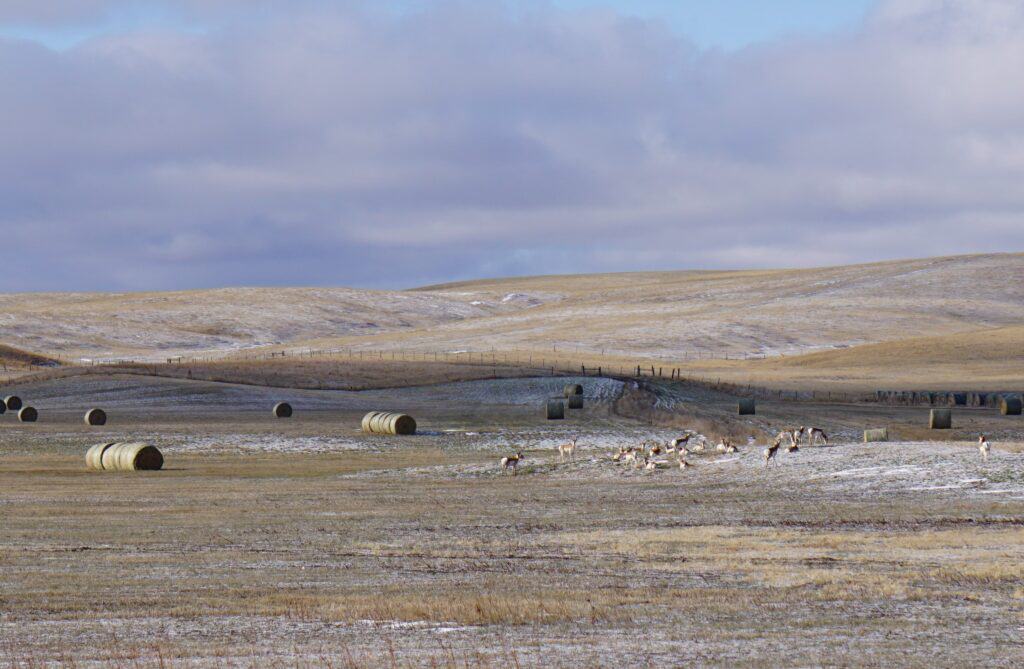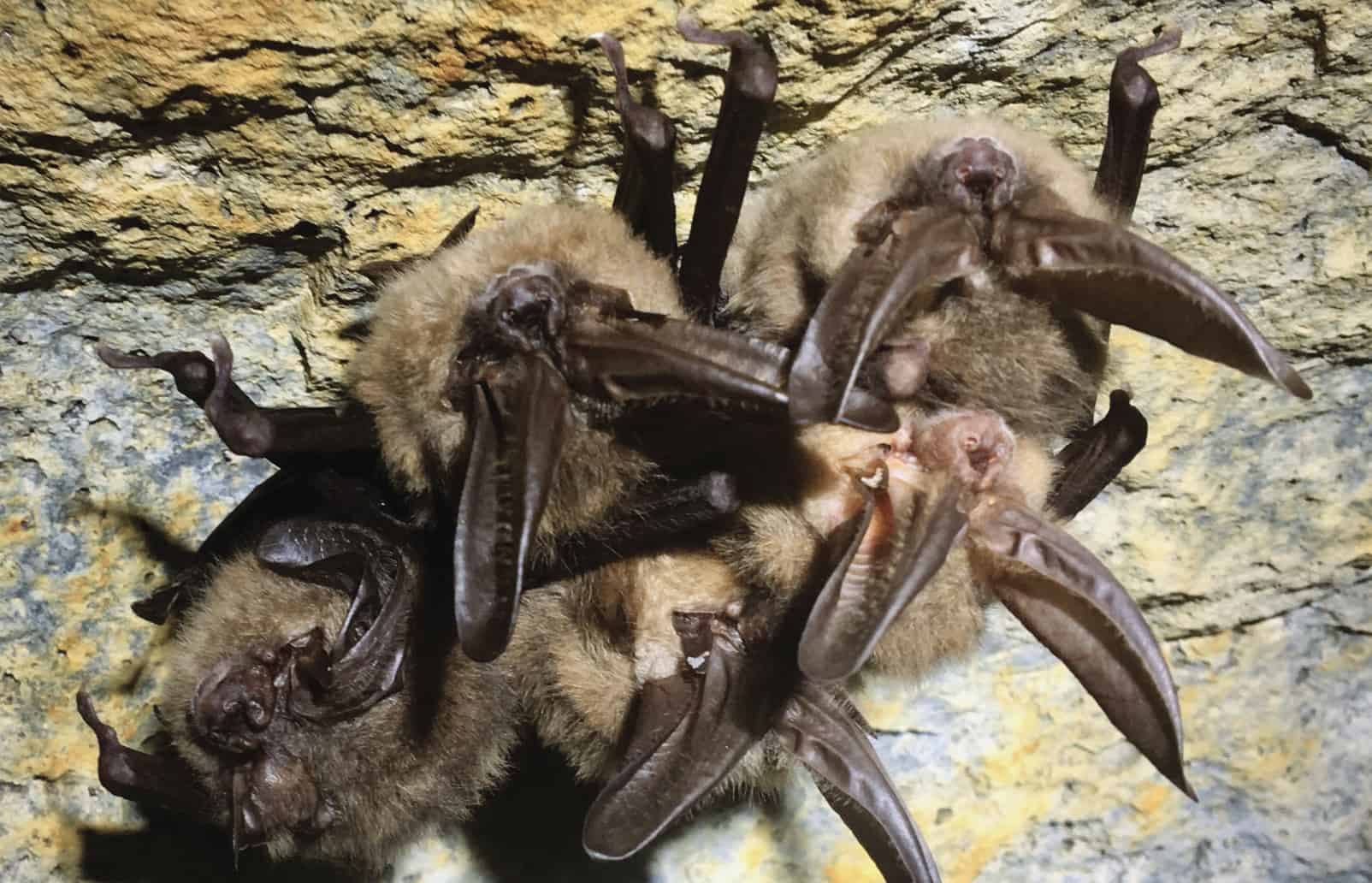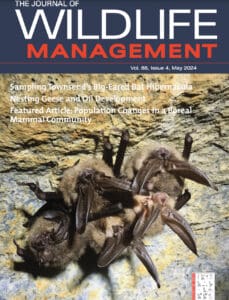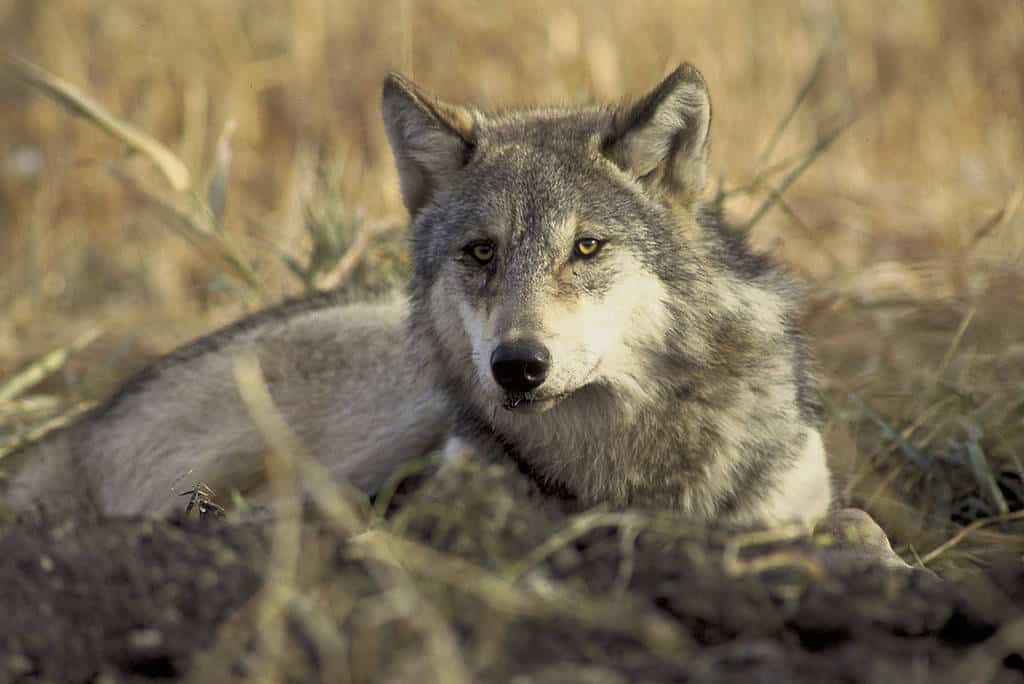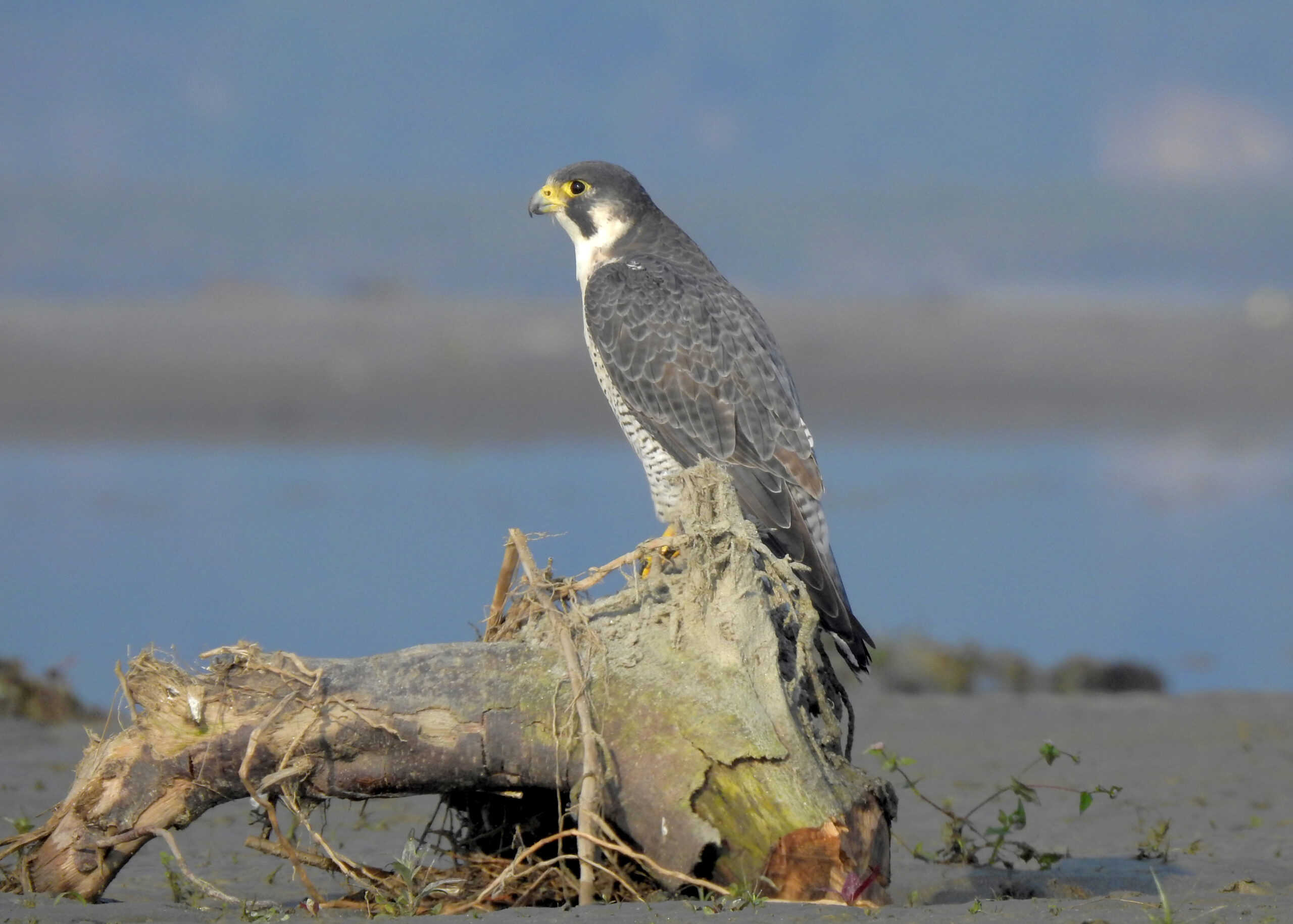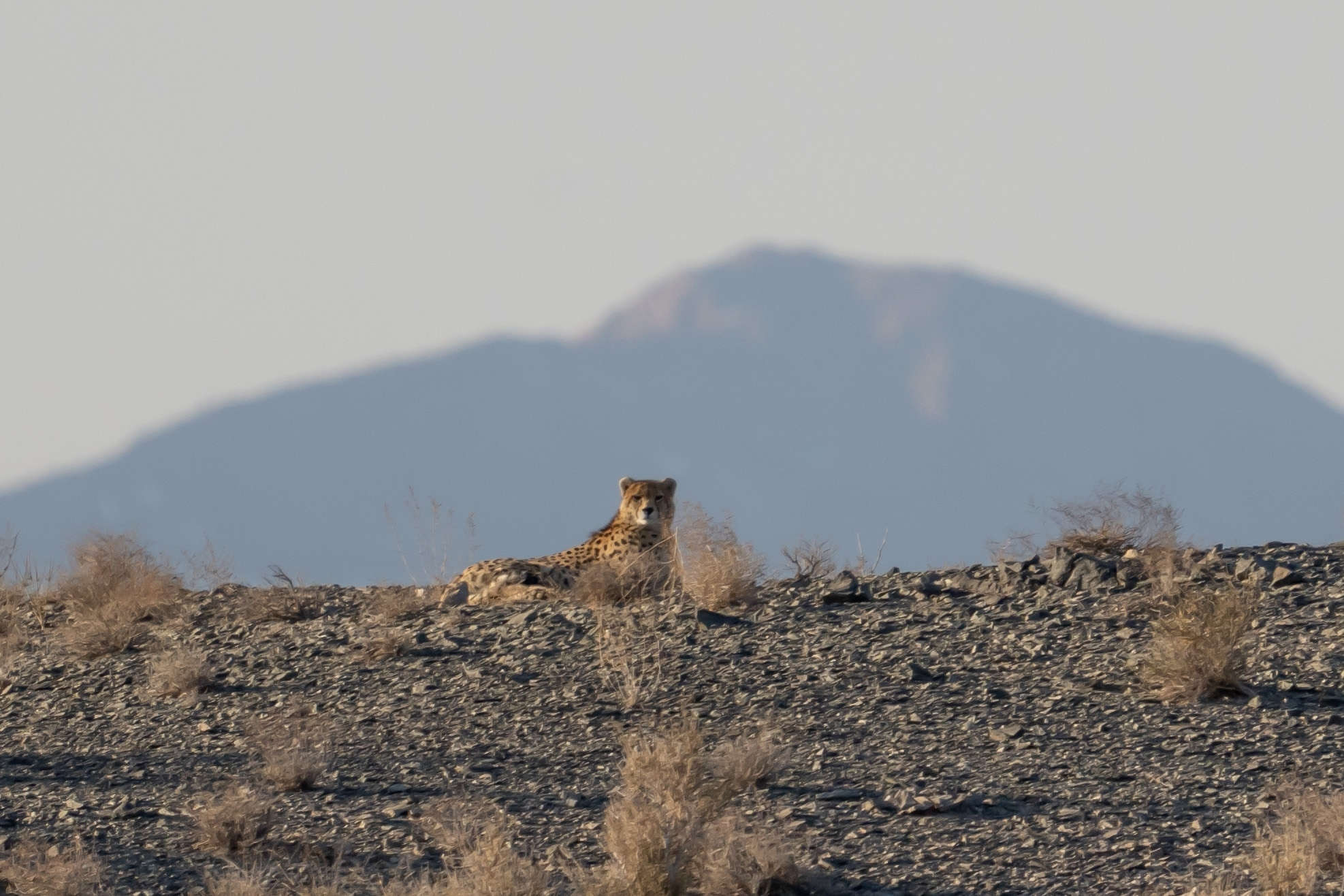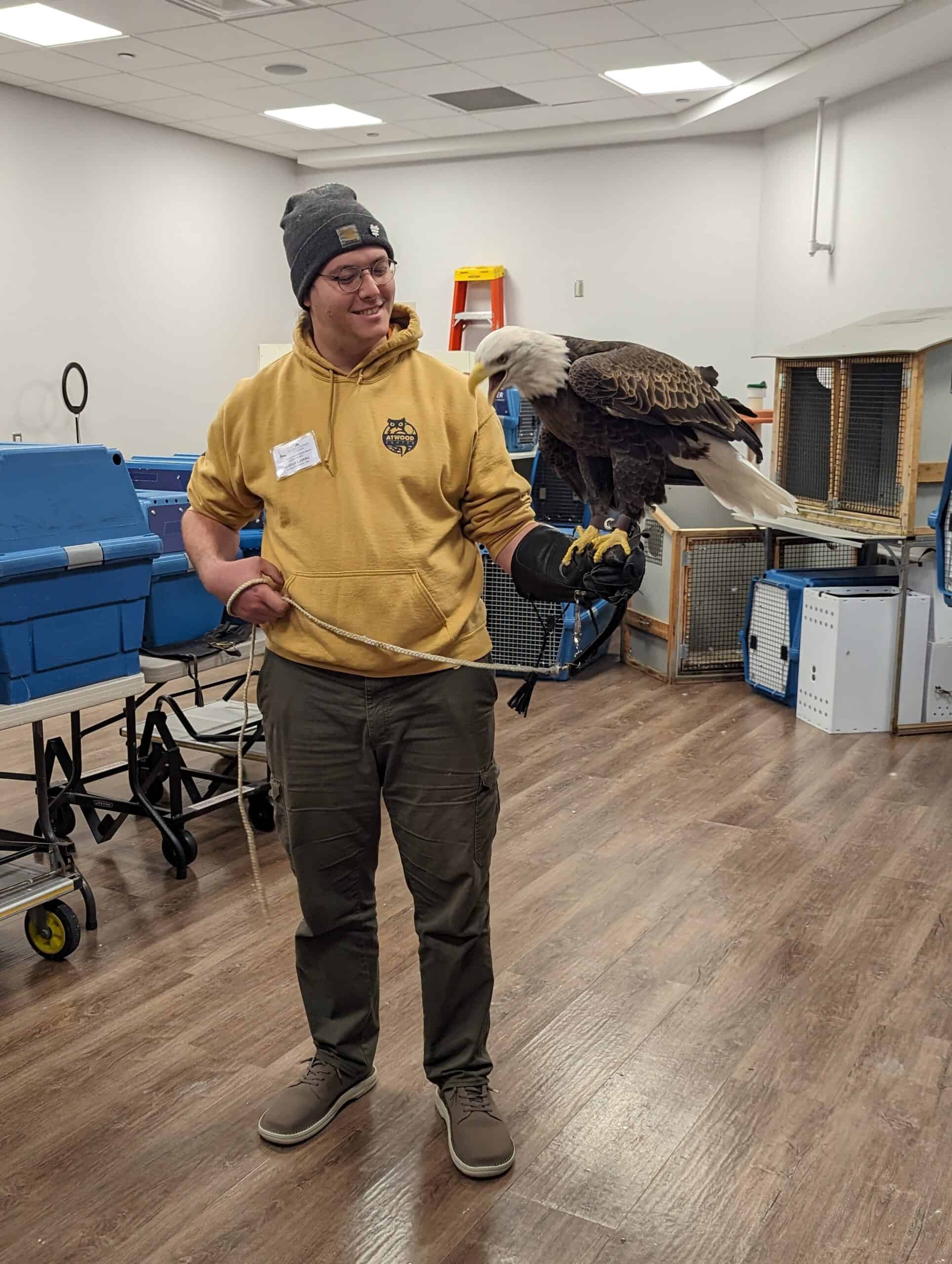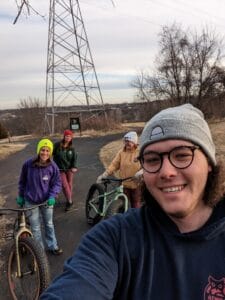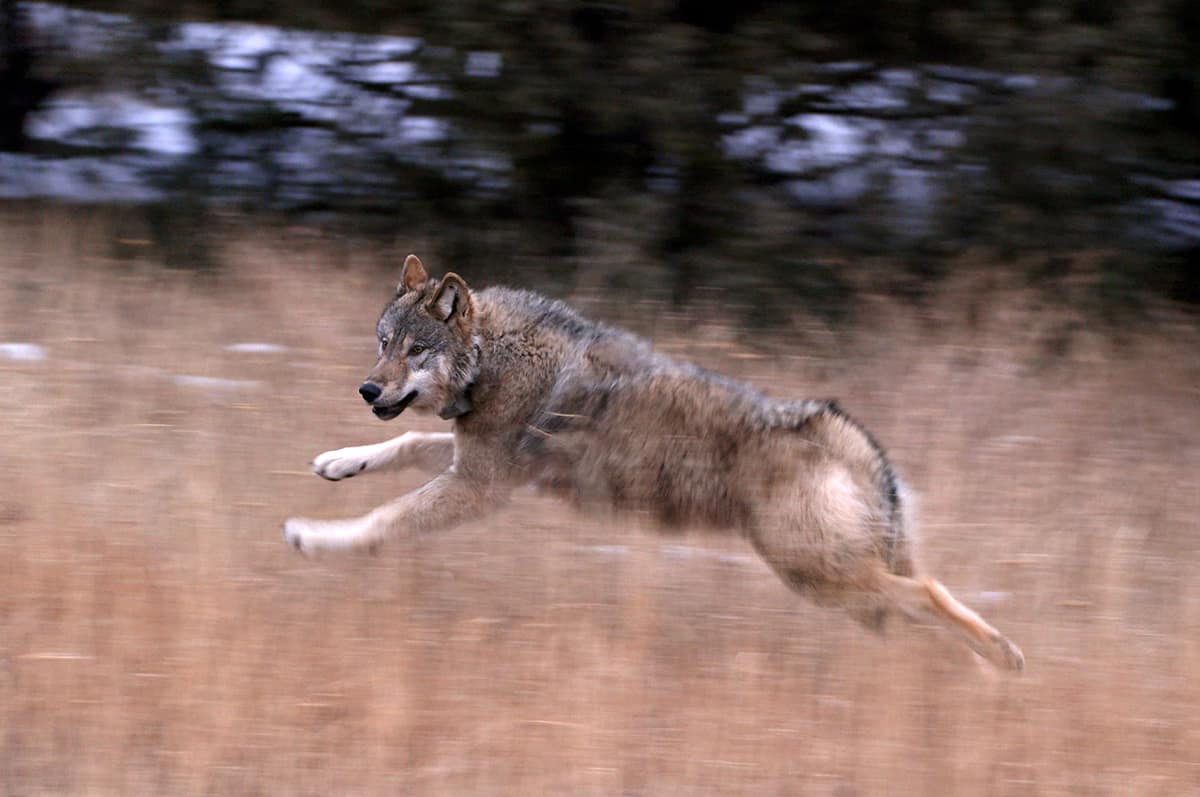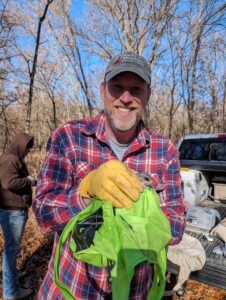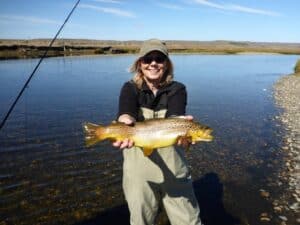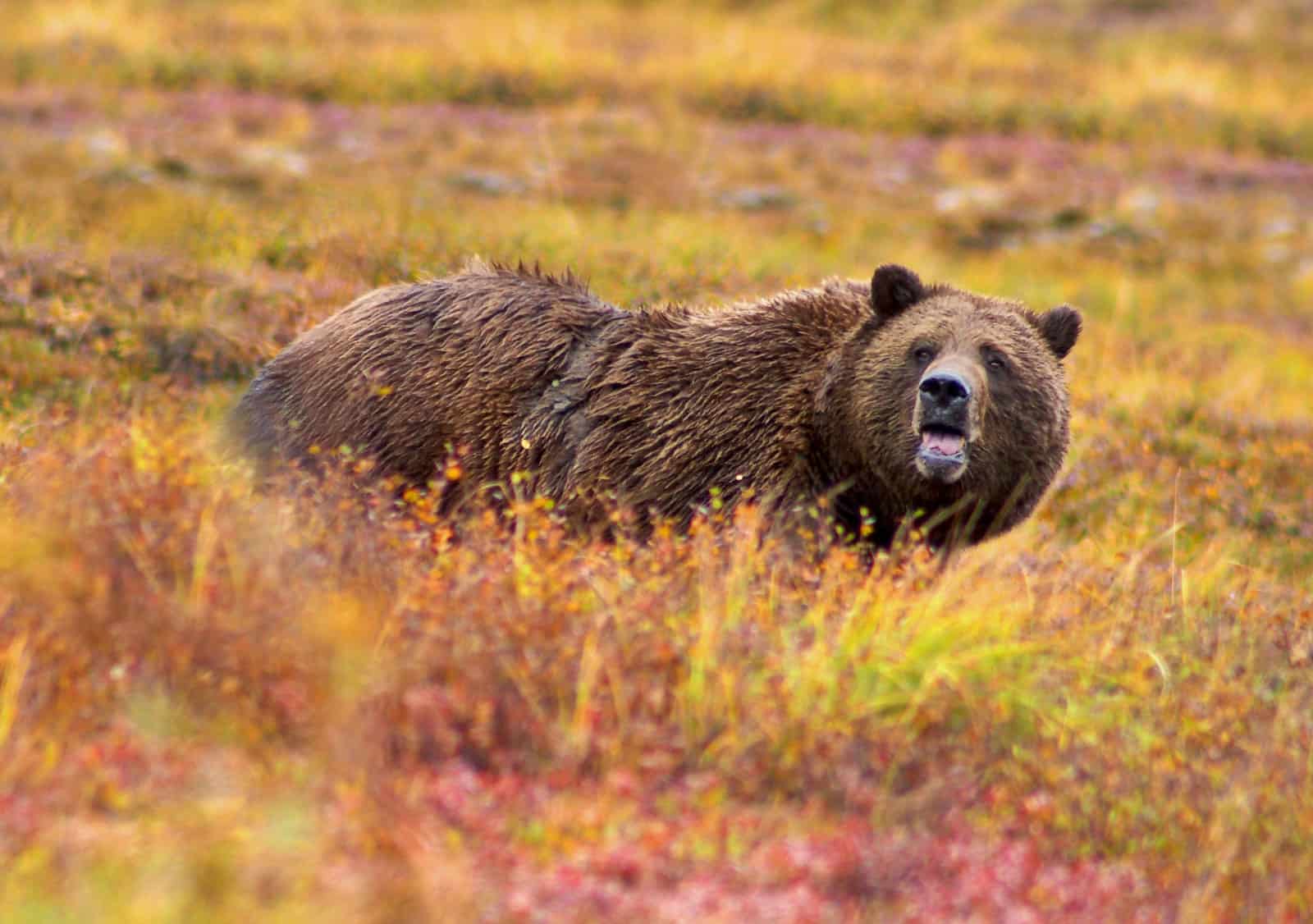
The U.S. Fish and Wildlife Service is evaluating the potential environmental impacts of restoring the grizzly bear to the Bitterroot ecosystem in Montana and Idaho.
The project is currently in the public scoping phase, a crucial early stage of the National Environmental Policy Act (NEPA) process. During this phase, the USFWS will solicit and consider stakeholder input to help shape an eventual environmental impact statement (EIS).
In line with NEPA requirements, the USFWS will prepare an EIS to assess various strategies for grizzly bear (Ursus arctos horribilis) restoration informed by information gathered during scoping. NEPA, enacted in 1969, mandates a systematic approach to evaluating the environmental effects of actions U.S. federal agencies propose.
The grizzly bear, an iconic symbol of the American wilderness, once roamed most of the western United States. However, human-caused mortality and habitat loss significantly reduced their numbers and distribution, resulting in their listing under the Endangered Species Act in 1975.
State and federal efforts have been made to restore grizzly bear populations in various ecosystems across the country. The Bitterroot ecosystem, encompassing parts of Montana and Idaho, is one such area identified for potential grizzly bear restoration. “The Bitterroot ecosystem is one of the six identified grizzly bear recovery zones in the lower 48 States,” the USFWS said in a press release, “Although individual grizzly bears have been documented in the Bitterroot ecosystem, no established population—defined as having two or more breeding females or one female with two consecutive litters—currently exists in this recovery zone.”
In 2000, the U.S. Fish and Wildlife Service developed a similar plan to reintroduce grizzly bears to the Bitterroot ecosystem, involving transferring at least 25 bears over five years from regions in Canada and the United States with habitats similar to those in the Bitterroot. However, the George W. Bush administration did not take action on implementing the plan in 2001. Since then, the USFWS has noted an increasing frequency of individual bears migrating into the Bitterroot and surrounding areas from other ecosystems, particularly in recent years.
The Alliance for the Wild Rockies and Native Ecosystems Council sued the U.S. Fish and Wildlife Service in November 2021 for failing to implement the 2000 plan. U.S. District Judge Donald Molloy then ordered the federal agency to draft a new environmental impact assessment.
TWS member Mark Boyce, a professor of ecology at the University of Alberta, and a prominent grizzly bear researcher, emphasized the vital role of grizzly bears in wilderness ecosystems. “Grizzly bears were a major component of these ecosystems. It is a vast wilderness area,” he said. “We need bears in places like that … to maintain the key components of those ecosystems.”
The public scoping process, which concluded on March 18, 2024, provided an opportunity for stakeholders to voice their opinions and concerns regarding the proposed grizzly bear restoration efforts.
The USFWS is seeking input from various stakeholders, including federal and state agencies, Tribes, NGOs, businesses and the general public. Additionally, the USFWS will host virtual public scoping meetings to further engage with stakeholders and address questions regarding the scope of the EIS and proposed alternatives. The draft EIS is expected to be available for public review and comment before the end of 2025.
